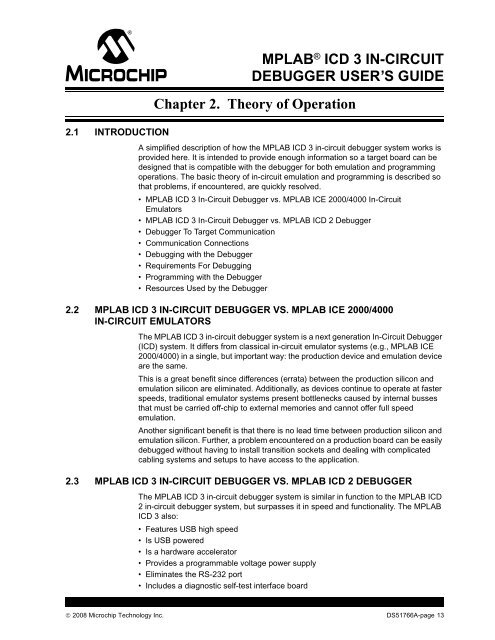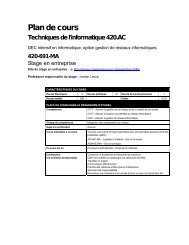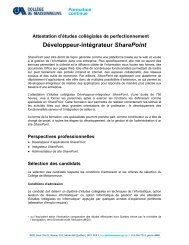MPLAB ICD 3 In-Circuit Debugger User's Guide
MPLAB ICD 3 In-Circuit Debugger User's Guide
MPLAB ICD 3 In-Circuit Debugger User's Guide
- No tags were found...
You also want an ePaper? Increase the reach of your titles
YUMPU automatically turns print PDFs into web optimized ePapers that Google loves.
2.1 INTRODUCTION<strong>MPLAB</strong> ® <strong>ICD</strong> 3 IN-CIRCUITDEBUGGER USER’S GUIDEChapter 2. Theory of OperationA simplified description of how the <strong>MPLAB</strong> <strong>ICD</strong> 3 in-circuit debugger system works isprovided here. It is intended to provide enough information so a target board can bedesigned that is compatible with the debugger for both emulation and programmingoperations. The basic theory of in-circuit emulation and programming is described sothat problems, if encountered, are quickly resolved.• <strong>MPLAB</strong> <strong>ICD</strong> 3 <strong>In</strong>-<strong>Circuit</strong> <strong>Debugger</strong> vs. <strong>MPLAB</strong> ICE 2000/4000 <strong>In</strong>-<strong>Circuit</strong>Emulators• <strong>MPLAB</strong> <strong>ICD</strong> 3 <strong>In</strong>-<strong>Circuit</strong> <strong>Debugger</strong> vs. <strong>MPLAB</strong> <strong>ICD</strong> 2 <strong>Debugger</strong>• <strong>Debugger</strong> To Target Communication• Communication Connections• Debugging with the <strong>Debugger</strong>• Requirements For Debugging• Programming with the <strong>Debugger</strong>• Resources Used by the <strong>Debugger</strong>2.2 <strong>MPLAB</strong> <strong>ICD</strong> 3 IN-CIRCUIT DEBUGGER VS. <strong>MPLAB</strong> ICE 2000/4000IN-CIRCUIT EMULATORSThe <strong>MPLAB</strong> <strong>ICD</strong> 3 in-circuit debugger system is a next generation <strong>In</strong>-<strong>Circuit</strong> <strong>Debugger</strong>(<strong>ICD</strong>) system. It differs from classical in-circuit emulator systems (e.g., <strong>MPLAB</strong> ICE2000/4000) in a single, but important way: the production device and emulation deviceare the same.This is a great benefit since differences (errata) between the production silicon andemulation silicon are eliminated. Additionally, as devices continue to operate at fasterspeeds, traditional emulator systems present bottlenecks caused by internal bussesthat must be carried off-chip to external memories and cannot offer full speedemulation.Another significant benefit is that there is no lead time between production silicon andemulation silicon. Further, a problem encountered on a production board can be easilydebugged without having to install transition sockets and dealing with complicatedcabling systems and setups to have access to the application.2.3 <strong>MPLAB</strong> <strong>ICD</strong> 3 IN-CIRCUIT DEBUGGER VS. <strong>MPLAB</strong> <strong>ICD</strong> 2 DEBUGGERThe <strong>MPLAB</strong> <strong>ICD</strong> 3 in-circuit debugger system is similar in function to the <strong>MPLAB</strong> <strong>ICD</strong>2 in-circuit debugger system, but surpasses it in speed and functionality. The <strong>MPLAB</strong><strong>ICD</strong> 3 also:• Features USB high speed• Is USB powered• Is a hardware accelerator• Provides a programmable voltage power supply• Eliminates the RS-232 port• <strong>In</strong>cludes a diagnostic self-test interface board© 2008 Microchip Technology <strong>In</strong>c. DS51766A-page 13
















